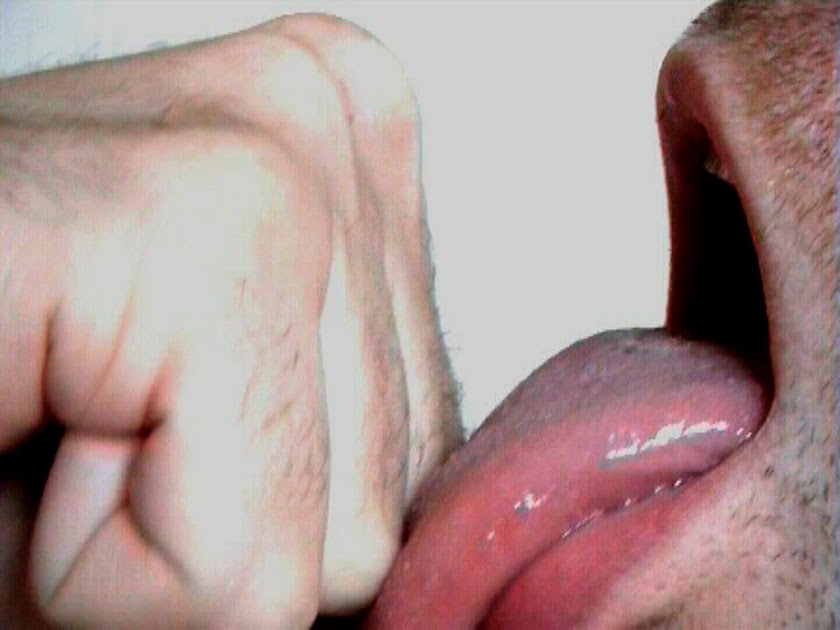Primal Urges
Like all life on earth viruses are driven by a desire to survive, this can be ensured by processes of reproduction and avoidance and they have developed incredibly sophisticated methods of ensuring these basic needs are met. Viruses have evolved over hundreds of millions of years - they are parasitic, not symbiotic - they can survive in various ways outside of the cell, though this is where they want to be. Herpes Simplex Virus (HSV) will become latent following infection, however, once the virus is embedded you have 'a friend for life'. Only becoming active again when the immune system displays signs of being lowered - perhaps a trigger, such is the case with Human Cytomegalovirus (HCMV), another member of the Herpes family of viruses studied at the unit. Could this be seen as an attempt to flee, understanding the need to move on to a new, healthier host?
Hostile Takeover - In Vivo
Once viruses enter the cell their main aim is to replicate, some need to enter the nucleus to achieve this, such as HSV, some can complete this process in the cytoplasm of the cell such as HCV. They utilise most, if not all of the structures and processes within the cell to achieve their aim, the prognosis for the infected cell is not good. The process that is generally referred to as replication includes many stages - negotiations and appropriations - of the cells natural function but can be broken down into 3 main categories: entry, assembly and egress. Within this there are many further processes and strategies employed by different viruses: attachment, internalisaton, endocytosis, nuclear targeting, transcription, translation, genome replication, genome packaging, exocytosis and cell-to-cell spread.
Hepatitis C virus (HCV) gains entry into liver cells using naturally occurring lipid particles inside of the body as a Trojan horse, tricking the cell to gain entry.
Following entry into the cell HCMV releases a 'first line' of proteins specifically designed to combat the cells primitive defenses to infection. The infected cell will try to warn neighbouring cells of the impending danger, HCMV is also capable of targeting the natural interferonproduced to carry out this early warning system.
Maximum Efficiency - The Highest Order
Like all complex cellular life, viruses have a rich evolutionary history, viruses studied at the unit cause human disease and can be classified into two main groups: DNA viruses and RNA viruses. Certain strains being traced back hundred of millions of years and having ancestors who have successfully infected many different species, HSV is one such virus. The HSV virus genome was successfully sequenced at the Virology Unit in Glasgow in the late 80's, it is a large, DNA virus that replicates in the nucleus of the cell. During this process new protein shells (capsids) must be created, which must then be filled with the newly replicated DNA strands. This process is called packaging. HSV replicates long strands of DNA calledconcatemers, which contain multiple copies of the same complete genome sequence joined together in a head to tail arrangement. During packaging this genetic information must be inserted into the procapsid (capsid before inclusion of DNA) and cleaved up into complete single genome strands. An incredibly powerful molecular motor forces the negatively charged particles arranged along the DNA strand inside the capsid through the portal - it is unclear how this system functions. The DNA is subsequently arranged within the capsid in such a way that it is filled to capacity. The resultant pressure caused by large quantities of negatively charged particles in close proximity is said to be equivalent to the pressure within 10 bottles of champagne.
Accident / Design
It is difficult to describe viral activity and characteristics without anthropomorphising, and this makes it somewhat difficult to think of viruses without these analogies. There is a history of debate on this issue which centre around the definition of life. Theoretically viruses may have developed concomitantly with cellular life on earth, their are theories that at this early stage things were not so clean cut. Lending strength to this simultaneous evolutionary theory is clearly identified presence of latent Retro Virus DNA embedded within the human genome. Do we have a viral predisposition? There is another evolutionary theory which talks of a 'RNA world' as the possible origins of life and the predecessor to our DNA based existence. It is speculated that RNA viruses such as HCV could be the ancient remnants of such a world.
During my first week in the unit viruses have been described to me in terms of having: needs, desires, specific familial behaviours and preemptive and defensive strategies for evasion and recognition. Obviously, there is an element of attempting to communicate very complex ideas in a way that is understandable - is there something more to this? As a positive sense RNA virus HCV is able to replicate very quickly upon entry into the cells cytoplasm, but it has an inability to proofread as it replicates leading to a high level of mutation in its progeny. This inability could be viewed as a defect in the nonstructural RNA, it could also be viewed as a highly evolved and amazingly effective viral defence mechanism - a viral intelligence? As in all scientific research, a lot is still unknown in Virology, residing in the realm of theory and speculation. It was mentioned to me that the most effective viruses are probably the ones that we don't know about. Indeed, it is in the viruses best interest to co-exist with their host, viruses that produce a rapid and wide-spread mortality are not doing themselves any favours. Is there a possibility of coexistence?
